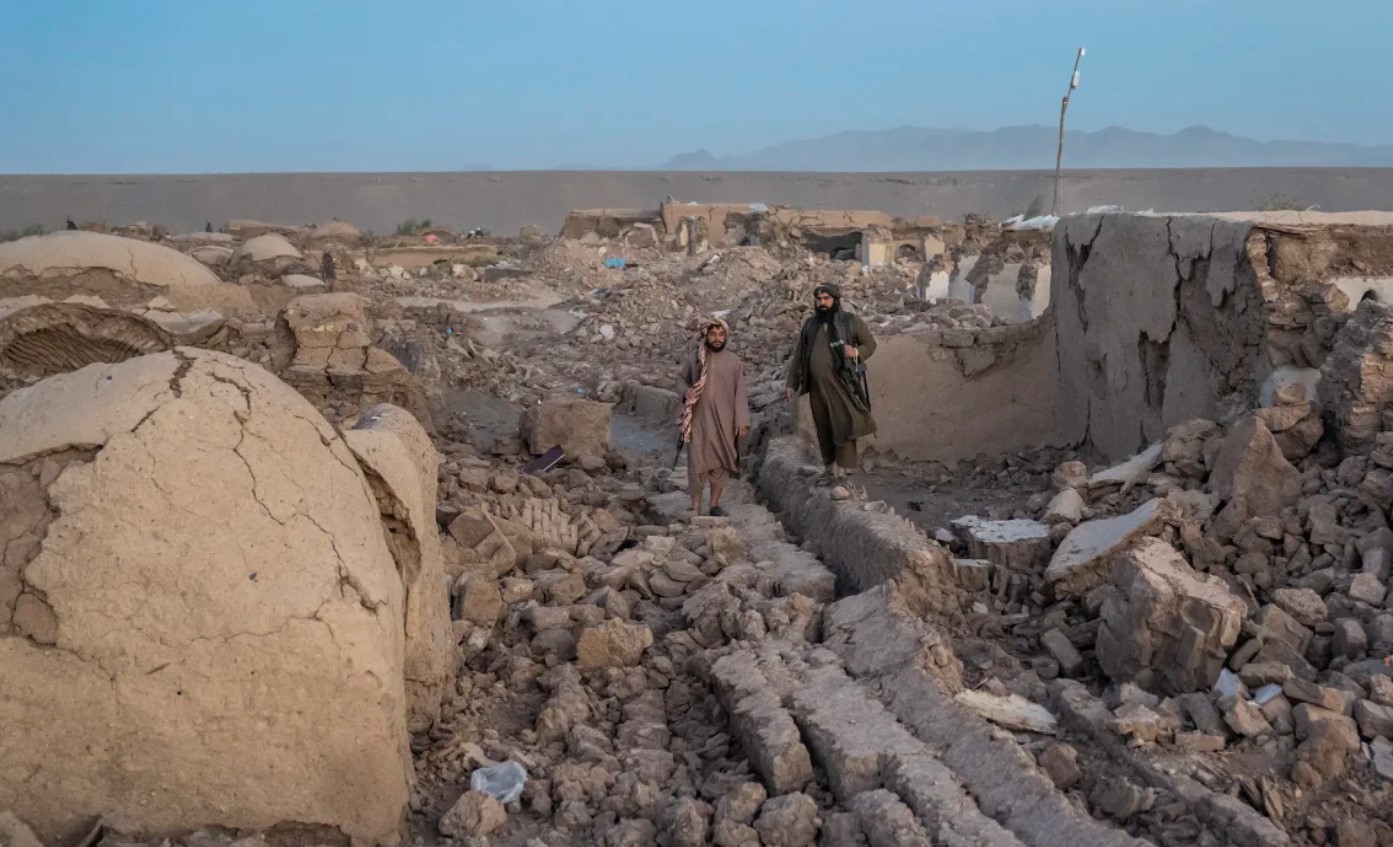A powerful 6.3 magnitude earthquake struck western Afghanistan on Saturday, killing more than 2,000 people and injuring many more. The quake, which was one of the deadliest to hit the country in years, caused widespread damage and destruction in the Herat province, where many buildings collapsed and roads were blocked by debris. The quake also triggered landslides and aftershocks, hampering rescue efforts.
The earthquake struck at a time when Afghanistan was already facing a severe humanitarian crisis, with millions of people in need of food, water, health care, and protection amid a worsening economic situation and a fragile security environment. The quake added to the misery of the people who have been suffering from drought, conflict, displacement, and the Covid-19 pandemic.
Many survivors are still trapped under the rubble, waiting for help to arrive. Some have been using their bare hands to dig out their relatives and neighbors, while others have been searching for food, water, and shelter. The situation is worse than we imagined, said Thamindri de Silva, national director at World Vision Afghanistan, an international aid group.

Aid groups face challenges and risks in delivering assistance
International aid groups have been scrambling to send help to the survivors of the earthquake, but they face many challenges and risks in delivering assistance. The quake affected a remote and mountainous area that is difficult to access even in normal times. The roads are damaged or blocked by landslides, and the communication networks are disrupted. The weather is also getting colder, posing a threat to the health and well-being of the survivors.
The security situation is also volatile and unpredictable, as the Taliban, who seized power in August, have not established full control over the country. There are reports of clashes between the Taliban and other armed groups in some parts of the country, as well as protests and civil unrest in others. The aid workers have to navigate a complex and uncertain political environment, where they have to coordinate with the de facto authorities and other stakeholders to gain access and ensure safety.
The aid groups also face a shortage of funds and resources, as the international community has largely cut off or suspended its financial support to Afghanistan after the Taliban takeover. The UN has warned that more than half of the population is at risk of hunger by the end of the year, and that millions of children could die from malnutrition. The UN has appealed for $606 million to provide urgent humanitarian assistance to 11 million people until the end of the year, but it has only received 40% of the required amount so far.
Aid groups provide emergency relief and call for more support
Despite the challenges and risks, aid groups have been providing emergency relief to the survivors of the earthquake, using their existing stocks and staff on the ground. They have been distributing food, water, hygiene kits, blankets, tents and other essential items to the affected communities. They have also been providing medical care, psychosocial support and protection services to the injured and traumatized survivors.
UN agencies and partners have deployed more teams to join the ongoing humanitarian efforts, and are coordinating with the Taliban to assess needs and provide assistance. UN Secretary-General António Guterres expressed his solidarity with the people of Afghanistan, and called on the international community to come together and support them. He said that this is a time for compassion and generosity, not for turning away.
UNICEF, the UN’s children’s fund, has sent 10,000 hygiene kits, 5,000 family kits, 1,500 sets of winter clothes and blankets, 1,000 tarpaulins and basic household items to help the survivors. It has also provided emergency drugs and tents for overburdened health clinics. UNICEF said that children are among the most vulnerable in this crisis, as they face multiple threats to their survival and development.
World Vision Afghanistan has also mobilized its staff and resources to respond to the earthquake. It has distributed food packages, hygiene kits, blankets and tarpaulins to more than 1,000 families so far. It has also set up child-friendly spaces to provide a safe environment for children to play and learn. World Vision said that it is committed to helping the survivors recover from this disaster.
Other aid groups such as CARE International, Save the Children, Oxfam and Islamic Relief have also launched emergency responses to support the earthquake victims. They have urged donors and governments to increase their funding and support for Afghanistan’s humanitarian needs.







